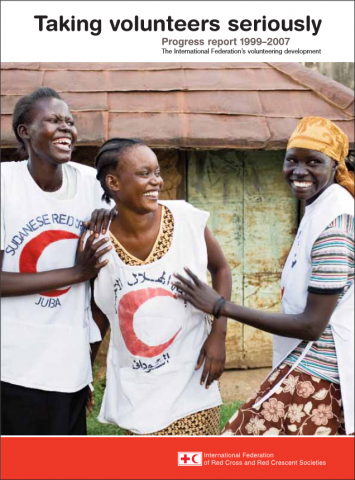Normative frameworks’ role in addressing gender-based violence in disaster settings

The problem of gender-based violence (GBV) in emergencies has recently received increased attention worldwide. The Humanitarian Exchange Magazine dedicated a whole issue on GBV in humanitarian crises.The International Committee of the Red Cross demonstrated its concern for sexual violence in armed conflict, launching a Special Appeal to strengthen its response in 2014. In non-conflictual emergency settings, such as disasters, there are also issues of gender-based violence: the breakdown of social structures and chaos following a disaster create an environment where women are more vulnerable to GBV. This paper intends to explore GBV in disaster settings from a legal perspective and address how both national and international legal frameworks address this issue or how could they be used to address it.
© IFRC, 2015
